US can't reverse re

Shi Yu/China Daily。
The world is watching closely as the United States and China engage in high-stakes bilateral trade negotiations. While the immediate outcomes may be modest tariff adjustments or managed market access in selected sectors, those can be best understood as tactical responses to deeper structural tensions rather than strategic breakthroughs. The broader implications for global trade lie not in the specifics of such negotiations but in the shifts they signify: away from multilateralism and US dollar hegemony, and toward a new, multipolar global trade architecture.。
At the heart of the current tensions is the US' growing anxiety over its relative decentering. Having enjoyed more than three decades of the unrivalled global hegemony since the end of the Cold War, the US now finds itself challenged by China's rising technological prowess, industrial scale and global integration. Under the Donald Trump administration, the US' anxiety has transformed into an explicitly transactional, bilateral trade posture.。
The US has been increasingly dismissing multilateral institutions — for long the instruments through which Washington shaped global norms and gained geopolitical advantage — in favor of "deal-making" with individual countries, and projected this bilateralism, steeped in zero-sum logic, as strength. By doing so, it has exposed its strategic incoherence.。
For example, through its trade policy, the US administration tried to simultaneously increase domestic manufacturing output — by penalizing imports — and maintain the dollar's status as the global reserve currency. These goals are not easily reconciled. A strong global reserve currency fuels persistent trade deficits. Penalizing imports through tariffs does disrupt this dynamic but not without costs. If the US were to genuinely reindustrialize at scale, it would need to import huge volumes of capital goods and intermediate inputs, exacerbating the very trade deficit it seeks to narrow. The paradox is that narrowing the trade deficit would first require widening it.。
The alternative is simply to reduce overall aggregate demand in the economy by slashing public expenditure. That doesn't look like happening.。
More fundamentally, the hollowing out of US manufacturing was never principally a result of trade agreements. It was a symptom of a deeper reorientation of US capital. Over the past four decades, US capital has been progressively reallocated from industrial production to financial engineering, creating asset bubbles, stock buybacks and speculative real estate investment. Wall Street flourished as "Main Street" faded. The share of GDP derived from financial services soared, while fixed capital formation in manufacturing stagnated. Reversing this trend would require reducing the political and institutional power of finance, an unpalatable proposition for any administration.。
Yet the US still manufactures products such as high-end equipment and advanced electronics, and develops or advances technologies like aerospace technology and military technology. But their production is capital-intensive, not labor-intensive, and they don't fill the physical or emotional void created by the offshoring of everyday consumer goods manufacturing that began in the 1970s. The sense of economic alienation among broad swathes of the American working class is as much cultural as it is economic. Tariffs may meet some symbolic need for control or retribution, but they cannot restore the industrial base to its past state.。
Also, the rest of the world is adapting to the US' contradictions. The weaponization of the dollar, through sanctions and arbitrary financial restrictions, has catalyzed a slow but deliberate move toward alternatives. Some emerging economies are accelerating trade settlements in their national currencies and exploring alternative clearing mechanisms. ASEAN member states, on the other hand, are reducing their reliance on the dollar in regional trade, particularly with China, Japan and the Republic of Korea.。
Even the oil-rich Gulf Cooperation Council member states are diversifying their trade currency strategies. The demand for the dollar as a trade settlement medium is gradually diminishing, which the European Central Bank sees as an opportunity for the euro to play a more prominent role in global trade. This fragmentation is not a retreat from but a reconfiguration of globalization.。
The new globalization that is emerging is multipolar in character, regional in structure and decentralized in operations. Institutions such as the World Trade Organization will likely persist, offering an overarching framework for administrative and policy guidance. But much of the practical work of trade governance — harmonization of standards, digital commerce rules and investment arbitration — will occur in regional and bilateral forums. In this regard, the US-China negotiations are not anomalous but emblematic.。
For many countries, especially in the Global South, the US' retreat from multilateralism poses risks but also creates new space. The growing importance of South-South trade, supported by new infrastructure financing and currency swap arrangements, is reducing the Global South's dependence on Western markets and institutions, with the Belt and Road Initiative creating corridors of trade and production that bypass traditional Western trade bottlenecks.。
The US remains a major consumer market, responsible for about 14 percent of global imports. But its share in the global economy is declining, reflecting both its waning economic clout and the diversification of global demand. For exporters, aligning with the new regional poles of growth — in East Asia, South Asia and parts of Africa — will become increasingly important. And supply chains will be restructured to hedge against geopolitical volatility, balancing proximity, cost and political risk.。
The Sino-US trade tango should not be seen as the primary determinant of the future of global trade. Rather, it is a mirror of the broader historical shift: from unipolarism to multipolarism, from dollar dominance to currency diversification, from multilateralism to mosaic regionalism. The world isn't de-globalizing; it is re-globalizing on new terms and under new rules.。
The author is an adviser to former Australian prime minister Kevin Rudd, adjunct professor at Queensland University of Technology and a senior research fellow at Taihe Institute.。
The views don't necessarily reflect those of China Daily.。
(责任编辑:探索)
-
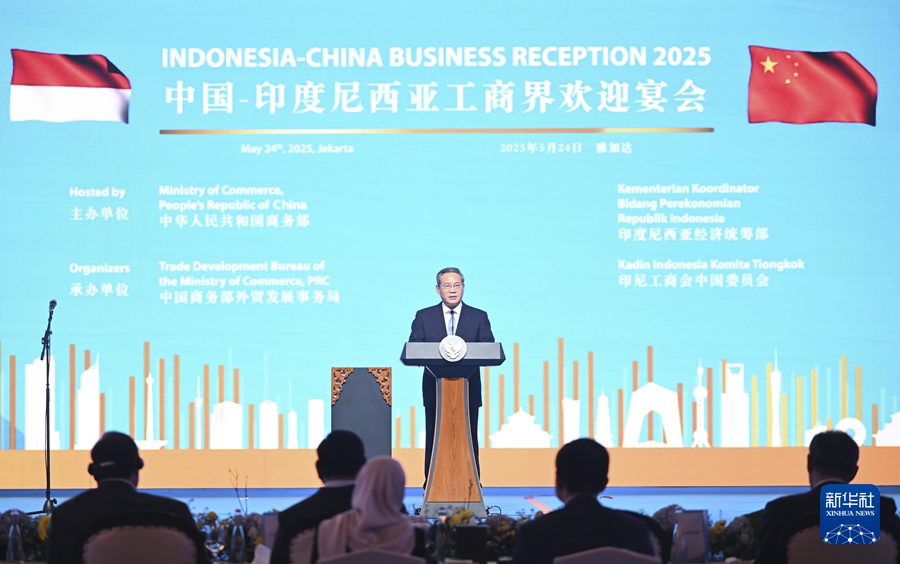 当地时间5月24日晚,国务院总理李强在雅加达同印度尼西亚总统普拉博沃一起到会我国-印尼工商界晚宴并致辞。新华社记者 李响 摄。新华社雅加达5月24日电记者李凯曹嘉玥)当地时间5月24日晚,国务院总理李
...[详细]
当地时间5月24日晚,国务院总理李强在雅加达同印度尼西亚总统普拉博沃一起到会我国-印尼工商界晚宴并致辞。新华社记者 李响 摄。新华社雅加达5月24日电记者李凯曹嘉玥)当地时间5月24日晚,国务院总理李
...[详细]
-
 近期,网信部分深化安排展开“明亮清明·整治短视频范畴歹意营销乱象”专项举动,辅导短视频服务渠道以及供给短视频功用的渠道从严整治歹意营销杰出问题,依法依约处置一批违法违规账号。现将部分典型事例通报如下:
...[详细]
近期,网信部分深化安排展开“明亮清明·整治短视频范畴歹意营销乱象”专项举动,辅导短视频服务渠道以及供给短视频功用的渠道从严整治歹意营销杰出问题,依法依约处置一批违法违规账号。现将部分典型事例通报如下:
...[详细]
-
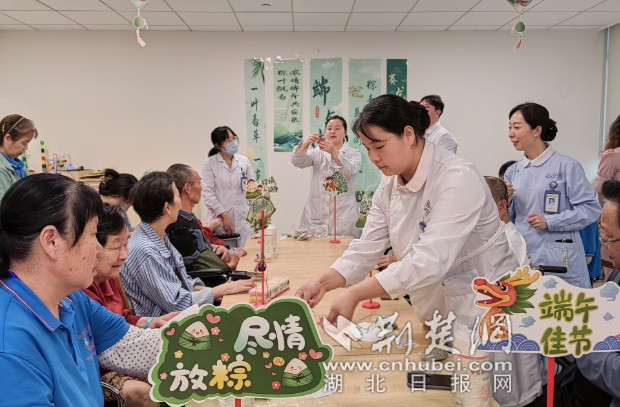 武汉市武昌医院以独出机杼的活动,为住院患者打造了一场独出机杼的庆祝活动 通讯员供图。荆楚网湖北日报网)讯通讯员 杨玉玲)当粽香四溢的端午与童真满满的“六一”儿童节撞个满怀,5月30日,武汉市武昌医院以
...[详细]
武汉市武昌医院以独出机杼的活动,为住院患者打造了一场独出机杼的庆祝活动 通讯员供图。荆楚网湖北日报网)讯通讯员 杨玉玲)当粽香四溢的端午与童真满满的“六一”儿童节撞个满怀,5月30日,武汉市武昌医院以
...[详细]
-
兴业银行合肥分行全面展开 2023年“遍及金融常识万里行”金融常识宣扬活动
 为实在协助顾客了解金融常识和金融危险,进步顾客金融素质,安稳顾客金融消费决心,兴业银行合肥分行于2023年6月在全辖范围内安排展开“遍及金融常识万里行” “遍及金融常识 守住‘钱袋子’”等系列金融常识
...[详细]
为实在协助顾客了解金融常识和金融危险,进步顾客金融素质,安稳顾客金融消费决心,兴业银行合肥分行于2023年6月在全辖范围内安排展开“遍及金融常识万里行” “遍及金融常识 守住‘钱袋子’”等系列金融常识
...[详细]
-
 光明日报记者 张翼 董蓓。本年以来,商务部会同相关部分扩围提质家电以旧换新方针,成效继续闪现。数据显现,2024年9月至2025年4月,家电类产品零售额接连8个月坚持两位数增加。本年4月,限额以上单位
...[详细]
光明日报记者 张翼 董蓓。本年以来,商务部会同相关部分扩围提质家电以旧换新方针,成效继续闪现。数据显现,2024年9月至2025年4月,家电类产品零售额接连8个月坚持两位数增加。本年4月,限额以上单位
...[详细]
-
 现在,全国“三夏”大规模小麦机收全面打开,主产区的机收作业正有序推动。那么,刚刚收下来的小麦能够马上加工吗?戳视频↓来了解一下。小麦的老练包含形状上的老练和生理上的老练,田间收成的小麦,仅仅在形状上现
...[详细]
现在,全国“三夏”大规模小麦机收全面打开,主产区的机收作业正有序推动。那么,刚刚收下来的小麦能够马上加工吗?戳视频↓来了解一下。小麦的老练包含形状上的老练和生理上的老练,田间收成的小麦,仅仅在形状上现
...[详细]
-
情系金融顾客,共建皖美新金融!安全人寿安徽分公司展开金融常识遍及进校园活动
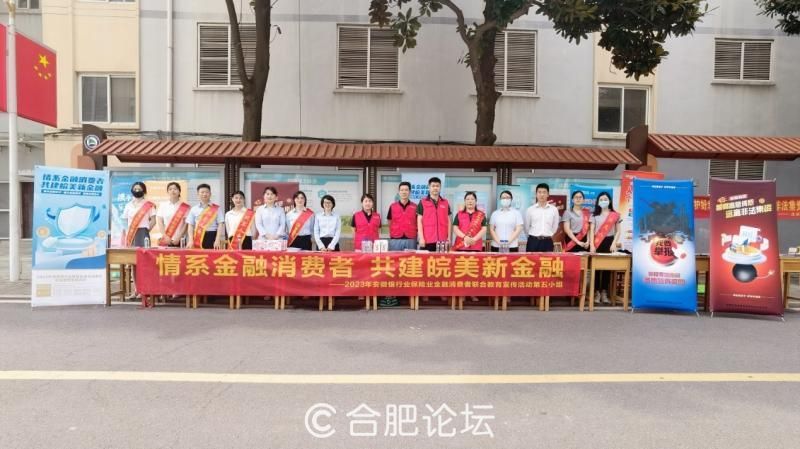 2023年6月是防备不合法集资宣扬月,6月15日是防备不合法集资会集宣扬日。近年来,越来越多的金融欺诈团伙、不合法集资和学校借款渠道等将违法的魔爪伸向了学生集体,加强学生集体的金融素质教育十分必要。为
...[详细]
2023年6月是防备不合法集资宣扬月,6月15日是防备不合法集资会集宣扬日。近年来,越来越多的金融欺诈团伙、不合法集资和学校借款渠道等将违法的魔爪伸向了学生集体,加强学生集体的金融素质教育十分必要。为
...[详细]
-
 5月24日,人们在南非开普敦参加第三届“文明我国·开普敦龙舟节”的1500米龙舟竞速赛。新华社记者 王 雷摄。在德国法兰克福,龙舟队队员与岸上观众互动。新华社记者 张 帆摄。粽香飘、赛龙舟、驱五毒……
...[详细]
5月24日,人们在南非开普敦参加第三届“文明我国·开普敦龙舟节”的1500米龙舟竞速赛。新华社记者 王 雷摄。在德国法兰克福,龙舟队队员与岸上观众互动。新华社记者 张 帆摄。粽香飘、赛龙舟、驱五毒……
...[详细]
-
海外商场包围!“硬技能+强耐性”支撑民企“闯”商场 铸就全球竞争力
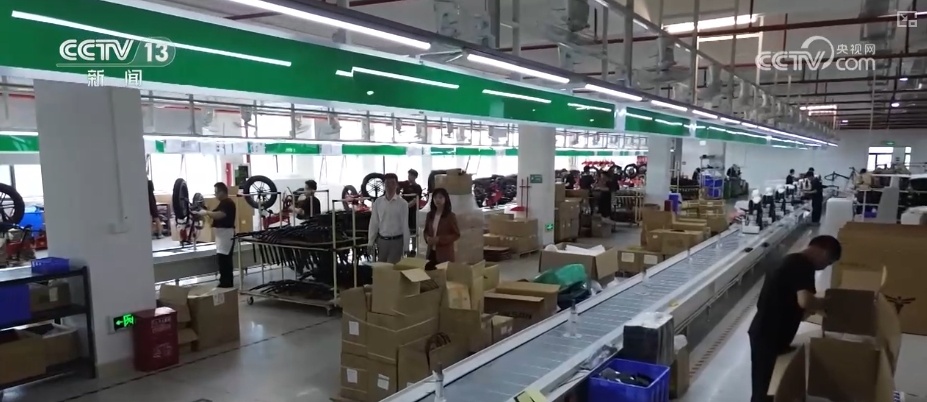 央视网音讯:尽管其时全球的经贸局势面对着高度不确定性,但应战中也孕育着机会。数据显现,2025年4月,深圳市进出口规划居全国内地城市首位,其间,民营企业的体现分外亮眼。深圳龙岗区的一家电助力自行车企业
...[详细]
央视网音讯:尽管其时全球的经贸局势面对着高度不确定性,但应战中也孕育着机会。数据显现,2025年4月,深圳市进出口规划居全国内地城市首位,其间,民营企业的体现分外亮眼。深圳龙岗区的一家电助力自行车企业
...[详细]
-
 据俄罗斯媒体当地时间29日报导,俄罗斯国家杜马国防委员会主席卡尔塔波洛夫28日在承受采访时正告称,假如乌克兰运用德国供给的“金牛座”巡航导弹冲击俄罗斯方针,俄罗斯已做好预备“阻拦‘金牛座’导弹、冲击导
...[详细]
据俄罗斯媒体当地时间29日报导,俄罗斯国家杜马国防委员会主席卡尔塔波洛夫28日在承受采访时正告称,假如乌克兰运用德国供给的“金牛座”巡航导弹冲击俄罗斯方针,俄罗斯已做好预备“阻拦‘金牛座’导弹、冲击导
...[详细]

 创始稳态激振法 确诊看不见的暗伤 25岁白沙洲长江大桥深夜“测心率”
创始稳态激振法 确诊看不见的暗伤 25岁白沙洲长江大桥深夜“测心率” 工行合肥分行展开“614信誉记载关爱日”宣扬活动
工行合肥分行展开“614信誉记载关爱日”宣扬活动 六一科普行:走进高能同步辐射光源的科学国际
六一科普行:走进高能同步辐射光源的科学国际 工商银行马鞍山分行举行2023年第2次内控办理暨操作危险委员会会议
工商银行马鞍山分行举行2023年第2次内控办理暨操作危险委员会会议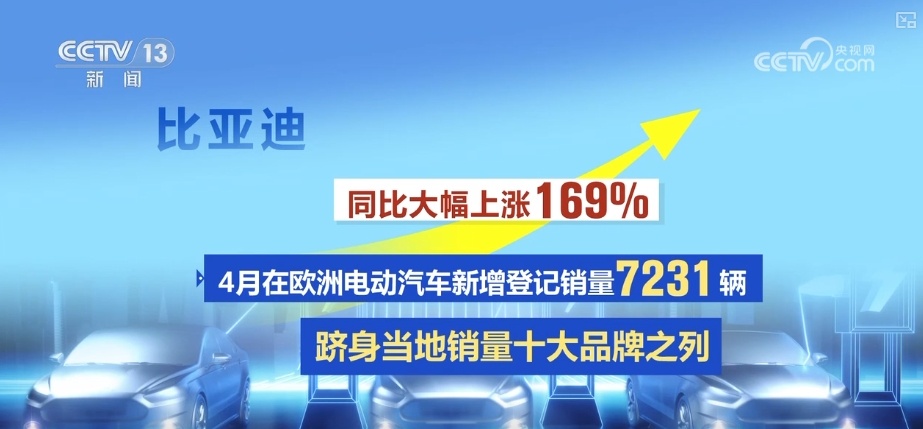 打破,亮眼!中国汽车凭仗技术创新与本地化战略赢得欧洲顾客喜爱
打破,亮眼!中国汽车凭仗技术创新与本地化战略赢得欧洲顾客喜爱
